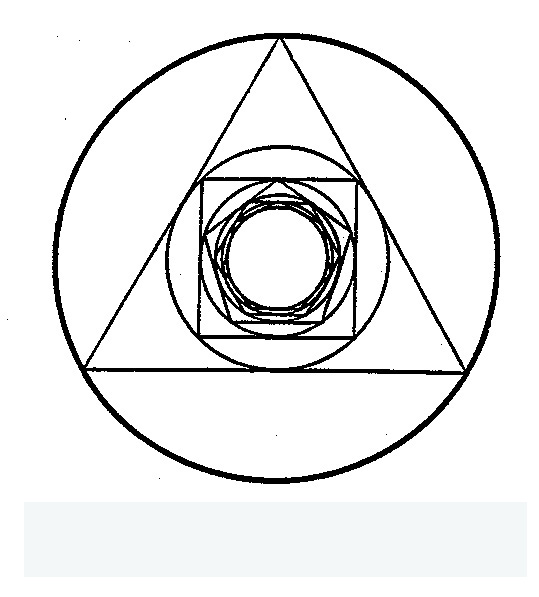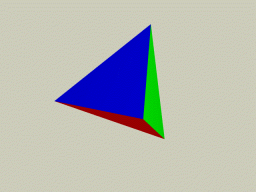[A question related to computing (first asked me by Merwyn Sommer).]
Find what should follow 24 in:
10, 11, 12, 13, 14, 15, 16, 17, 20, 22, 24, __? |
This question is usually seen as fairly difficult. But the reason it is
so has to do with our inability to think
Find a way to make twenty-four given three five numerals, one one
number, and the four arithmetic operations, plus, minus, times and
divide (visually). |
|
|
The following visual puzzle defines for many the concept "think outside
the box": |
Connect the nine dots by four lines without moving the pencil
from the paper |
 |
Books list puzzles and explain the many
different challenges people have overcome.
Here are four questions to push thought:
1. What is half of eleven? Is an integer answer ever correct??
|
|
|
2. What is one-half plus one-third? Is there only one
true answer??
|
|
|
3. Can one arrange nine apples in four baskets so there are
an odd number of apples in each basket? What computer principle is
involved in solving this problem??
|
|
4. Can one divide a circular pizza pie into eight exactly
equal slices with just three straight line cuts?
|
|
Table 1. Questions and Web Pointers
The most puzzling thing of all is the relative inaccessiblity of the vast amount
of thought human beings have put into quantity, relationships, and
logic. Moreover the established names for basic ideas are tricky for
the average person. This is explored in some detail in Concepts' Names.
For related drafts please see:
Some of the above concerned numbering. Different number systems are used
in computing than in commerce. For material about number systems and
counting systems please see Bases. A visually persuasive argument about the Pythagorean theorem
can be found from Squares.
Reasoning About a Number Problem
Background and Acknowledgement.
This page is in progress. It was initiated 9 Oct 2001. The related
drafts describe attempts to address mathematical issues needed for a
positive approach to working with computers.
Interaction with my students led to
material in these drafts.
Gavin Wu drew four cartoons. Jean Ji scanned the photograph of an Incan
wall from the book by Ascher; for reference detail please click Math History
28 October 2008 Version http://www.cs.ucla.edu/~klinger/blocks.html






